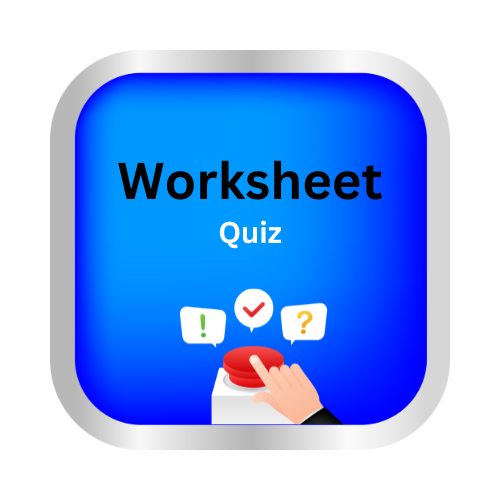Choose the text that matches the writer’s purpose
key notes:
1. What is a Writer’s Purpose?
- The writer’s purpose is the reason why an author writes a text.
- Common purposes include:
- To inform: Giving information or facts.
- To entertain: Telling a story or providing enjoyment.
- To persuade: Convincing the reader to agree with a point of view or take action.
2. Identifying the Purpose:
- Look for clues in the text that help you understand the writer’s purpose.
- Consider the following:
- Title: Does it suggest information, a story, or a call to action?
- Word Choice: Are there facts, descriptions, or emotional language?
- Examples: What kind of examples or details are included?
3. Common Purposes and Their Text Types:
- To Inform:
- Text Types: Nonfiction articles, textbooks, how-to guides.
- Example: “The Life Cycle of a Butterfly” explains the stages of development.
- To Entertain:
- Text Types: Stories, poems, plays.
- Example: “Once upon a time, a brave knight set out on a quest” engages the reader with a story.
- To Persuade:
- Text Types: Advertisements, opinion pieces, persuasive essays.
- Example: “You should adopt a pet from the shelter because they need loving homes” tries to convince the reader.
4. How to Choose the Right Text:
- When given multiple texts, ask yourself:
- What is the main idea of each text?
- What purpose does the writer seem to have?
- Does the text provide facts, tell a story, or try to persuade me?
5. Examples of Matching Texts to Purpose:
- Informative Text:
- Title: “The Solar System”
- Purpose: To inform about planets and their characteristics.
- Entertaining Text:
- Title: “The Adventures of a Little Mouse”
- Purpose: To entertain with a fun story about a mouse’s journey.
- Persuasive Text:
- Title: “Why You Should Recycle”
- Purpose: To persuade readers to recycle for a better environment.
let’s practice!

